There are two distinct subspecies of largemouth bass. The northern largemouth (Micropterus salmoides salmoides) and the Florida largemouth (Micropterus salmoides floridanus).
These two subspecies interbreed freely when they are in the same body of water, producing “hybrid largemouth”, and further spawning and interbreeding between these hybrids produces “blackcrosses” or “intergrades”.
Florida bass are nowhere near as tolerant of cold water as their northern strain counterparts, as they hail from a southern semitropical peninsula. Their coloring is typically darker than the northern strain as well.
There are many regions in the United States that could be considered “intergrade zones”, from South Carolina to Mississippi, including northern Florida. Bass there are best suited to the environment of that region.
California was the first state to stock bass from Florida, with the hopes of producing larger bass. This process began in 1959 within several small reservoirs near San Diego, and the experiment was all but forgotten for a time…
… until anglers started catching huge bass.
Suddenly the record bass went from 10-pounds to 15, then 17. In 1974 Dave Zimmerlee caught a 20-pound 15-ounce bass from Lake Miramar. Thoughts of a new world record started to swirl in the heads of local anglers, and in 1980 Ray Easley caught a 21-pound 3-ounce bass from Lake Casitas, not far from Los Angeles.

This led to a surge in anglers pushing local fisheries to stock Florida strain largemouth in their waters, and “stocking Floridas” became one of the hottest topics in largemouth bass management. This interest peaked in the 1980s, when lakes in Texas that had stocked Florida strain largemouth started producing large numbers of huge bass. The state record went from 13-pounds 8-ounces (which had stood for almost 40 years) to 18-pounds in 1986.
Stocking is complicated, however.
If we look at Oklahoma where stocking efforts began in 1972, we can see that larger bass have been recorded and the state record was broken 3 times in the 1980s, but overall stocking efforts haven’t been as impressive. In Lake Fork for example, giant bass were being taken on a regular basis around this same time, but the results in Oklahoma weren’t the same… even though the Texas-Oklahoma border is less than 100 miles away.

Climate is one reason. Oklahoma waters are cooler. Without a very specific climate, “Florida strains” can’t be duplicated elsewhere. Even with stocking, these bass are “out of sync” with environments to the north. They may not spawn at the appropriate times, feed and grow as well, or (further north) withstand the frigid conditions.
Still… it’s worth rolling the dice… right?

Maybe. Maybe not. The downside is that bass with Florida genes don’t survive as well in the north as those without. So while we anglers love to see the “big bass”, we need to be careful that we are not doing more harm than good over the long-term, introducing “Flodirs genes” into a system and actually harming the bass population.
Managers now see the wisdom of genetic conservation, and the benefits that come from protecting the local gene pool from fish of the same species – but different environments.
Identification
Because of the hybridization mentioned above, it is difficult to identify a “Florida strain” largemouth in the field without the help of advanced genetic analysis. Northern strain bass rarely exceed 10 pounds, and they are more willing to chase down baits in open water. Florida strain largemouth have the genetic ability to potentially exceed 20 pounds, and they tend to be more ambush-focused as they originate from shallow waters with thick cover.
Based on where you live there is a good chance that you have caught a hybrid of some sort, and honestly, catching great bass is far more important than catching a specific strain of largemouth.
But with that said… if you are targeting a true giant… I think it’s pretty obvious where you need to go…
Tight lines!

Thank You For Your Support
Your support directly funds the creation of weekly articles and videos that promote the development of better anglers and better men. Our country (and our kids) need both. Please share this site, and consider a monthly, weekly, or one-time donation. You are helping us make a difference!

Featured Videos:

Stars & Bars Fishing is a video log dedicated to catching fish with the techniques we write about. All Episodes >

The Minimalist Fisherman channel focuses on bait reviews, strategies & projects. See More Fishing Videos>


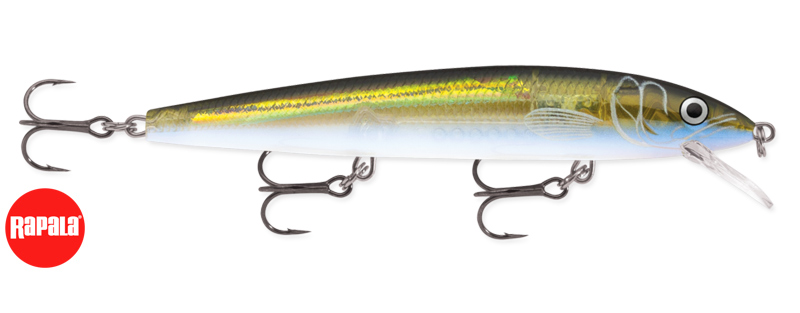
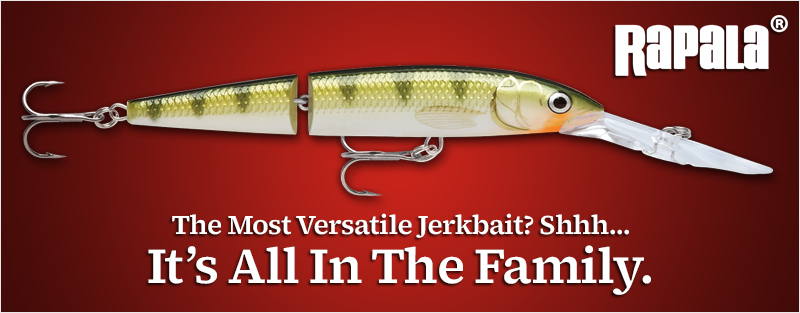
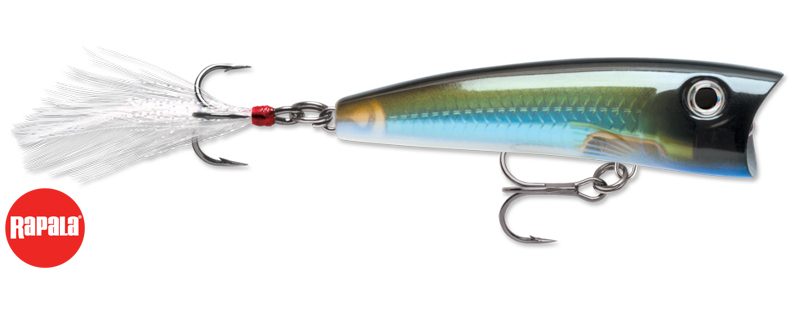


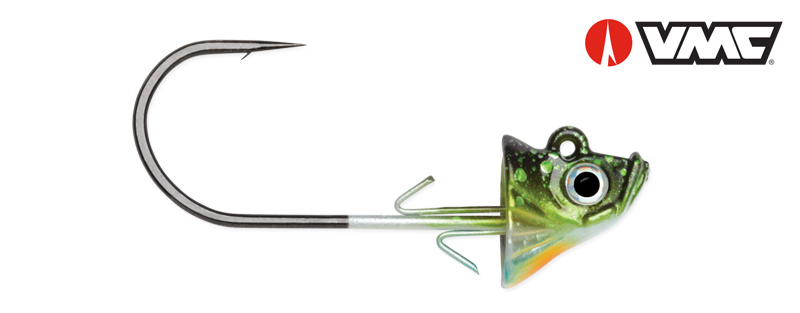

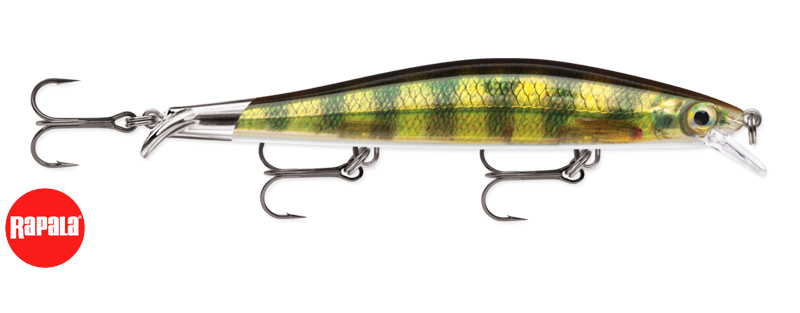
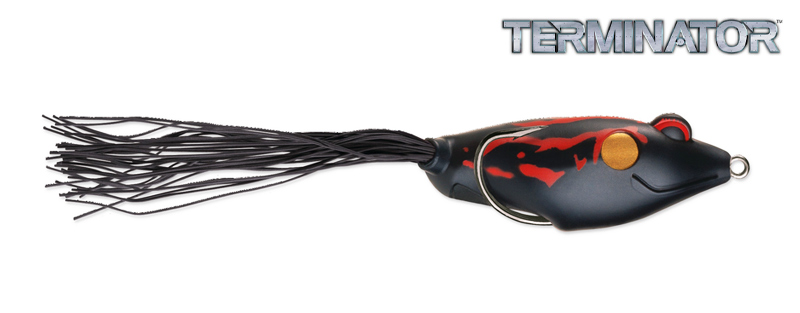




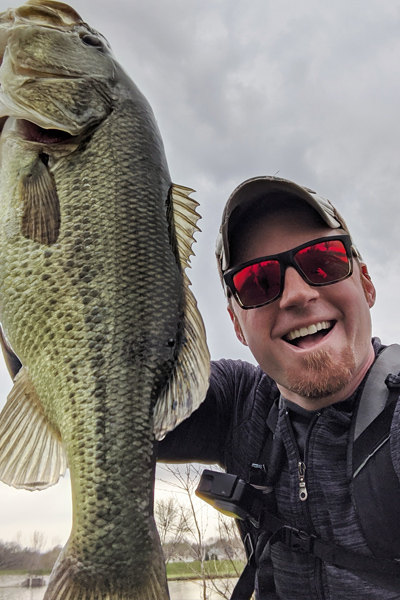







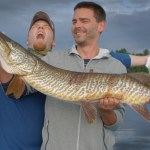
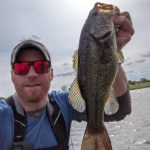


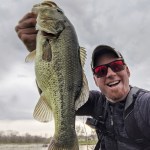









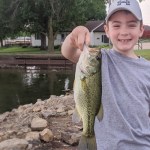








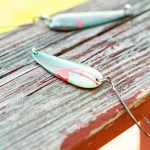


1 Response
[…] Bass probably don’t grow in water colder than 50°F, and they grow slowly in water between 50°F and 60°F. This means that northern bass have a shorter “growing season” than southern bass. […]